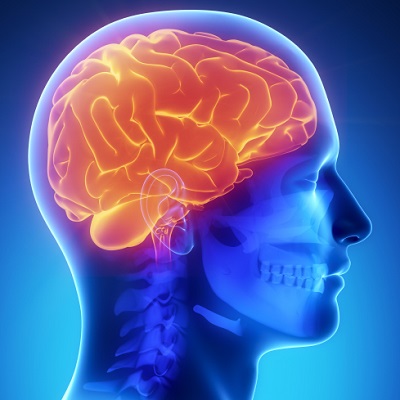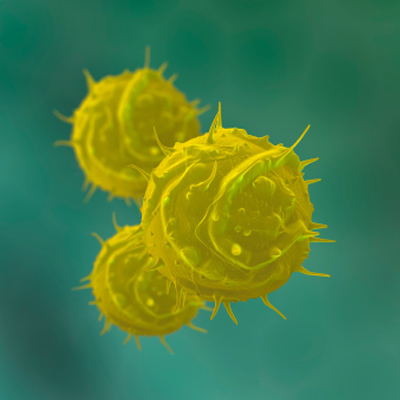July 13, 2022 -- Researchers have found a new biophysical mechanism that regulates stem cells in the intestines of mice, which could have implications for potential new treatments for human diseases. If this mechanism breaks down, it can lead to serious medical conditions, they warned.
Their findings, published on July 13 in the journal Nature, study the stem cells in the intestinal epithelium, a special layer of cells that coat the insides of the small and large intestines that play important roles in the digestion of food and absorption of nutrients, as well as protect the body from microbial infections.
The researchers wanted to understand what determines which cells act as stem cells and they found a surprising new mechanism that regulates the stem cells in the tiny pockets in the tissue called intestinal crypts.
"We found that whether these cells behave as a stem cell or not is all about their location. Cells in the epithelium are not just pushed outwards from the crypt by the cell divisions below them -- like on a conveyor belt -- but there is another kind of motion involved," said Bernat Corominas-Murtra, previously a postdoc at the Institute of Science and Technology Austria (ISTA) and currently an assistant professor at the Institute of Biology at the University of Graz, in a statement.
These movements constitute a new environmental mechanism that determines which cells get to functionally act as stem cells, according to Edouard Hannezo, professor at ISTA. Hannezo noted that "in the small intestine, the molecular signal regulating the movements is stronger than in the large intestine, so cells can move more frequently back into the crypt," which "explains why there are more actually working stem cells in the small intestine than in the large ones" and "could have major implications for our understanding of what a stem cell actually is and how to use them in medical applications."
Copyright © 2022 scienceboard.net









